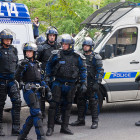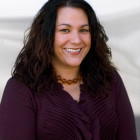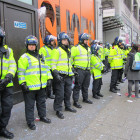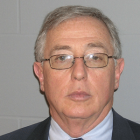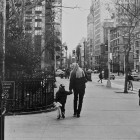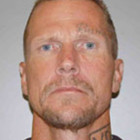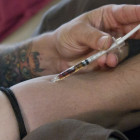
KIDS COUNT: Georgia Ranks Near Bottom of States Due to Increased Poverty
|
For the third year in a row, the Annie E. Casey Foundation’s KIDS COUNT Data Book ranked Georgia 42nd overall. The KIDS COUNT report ranks states by measuring the health and safety of children using a variety of indicators. Georgia ranked in the bottom half of all indicators nationally. The study found 37 percent of Georgia children lived in a single-parent household in 2009, a 1 percent increase from the year before, ranking Georgia 41st in the nation in this category. Georgia saw increases in almost every measurement including:
Children living in poverty (+2 percent)
Children living in families where no parent has full-time, year-round employment (+4 percent)
Teens aged 16-19 not in school and not working (+1 percent)
Teen deaths from all causes (+2 percent)
Only two measurements improved: The teen birth rate declined across all age groups and the number of teens aged 16 to 19 not in high school, who have not graduated fell by one percent.

